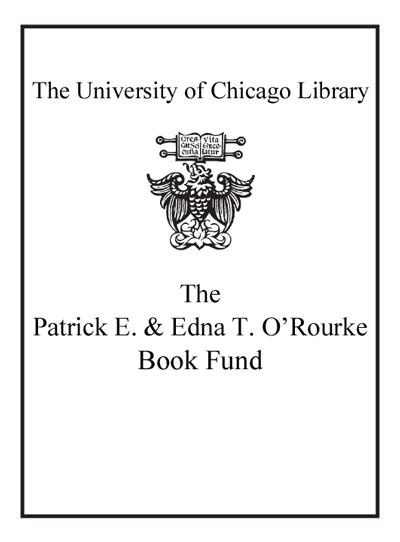Review by Choice Review
With Kurt Schwitters the Menil Collection has produced a handsome exhibition catalogue for the first American retrospective of this important artist's work in a quarter century. Focusing attention on the painterly concerns that underlie Schwitters' work in collage, print, relief, and sculpture, this study is generous in its illustration of artworks and first-rate in their reproduction. Edited by Schulz, director of the Kurt Schwitters Archive at the Sprengel Museum Hannover (and author of the artist's catalogue raisonne), and with contributions by Dickerman (MoMA) and Gwendolen Webster, it offers a rich view of an artist who, while known principally for his collages, was practically a movement unto himself--not an ism, but Merz, the self-described connective concept and active principle that enlivened and encompassed his manifold artistic practices. From Dada poetry and rhythmic utterance to the evolution of Merzbau, the environment/installation in his home in Hanover, Schwitters (1887-1948) was dedicated to reviving the fragmentary in the context of a larger whole and to the reordering of relationships--aural, visual, and environmental. Schwitters' approach to media and method remain a significant influence in today's art. Summing Up: Highly recommended. Lower-level undergraduates and above; general readers. E. Baden Warren Wilson College
Copyright American Library Association, used with permission.
Review by Library Journal Review
Avant-garde artist Schwitters (1887-1948) sought to create connections between life and art through his colorful assemblages of paint and nontraditional compositional elements such as discarded train tickets, newspaper fragments, and postal receipts. While well known for his affiliation with the anarchical Dadaist and constructivist movements, Schwitters differed from his peers as he used light and color to convey the oneness of all things, making his work arguably more elegant than absurdist. For example, his use of an exquisite little butterfly in Maraak, Var I and a petite bunch of red cherries in Untitled are small but significant ways in which his playfulness and tenderness set him apart from his Dada and constructivist peers. Schwitters coined the term Merz as a means of expressing his own focus on the importance of the inherent connection between all things; his magnum opus, Merzbau, a room-size walk-in sculpture, is a meditation on Merz and a significant precursor to installation art. -VERDICT This volume offers 101 color plates; concise, well-written essays; an illustrated chronology; and a list of Schwitters's solo exhibitions, making it essential for 20th-century art lovers.-Jennifer Krivickas, Univ. of Cincinnati Lib. (c) Copyright 2011. Library Journals LLC, a wholly owned subsidiary of Media Source, Inc. No redistribution permitted.
(c) Copyright Library Journals LLC, a wholly owned subsidiary of Media Source, Inc. No redistribution permitted.
Review by Choice Review
Review by Library Journal Review

